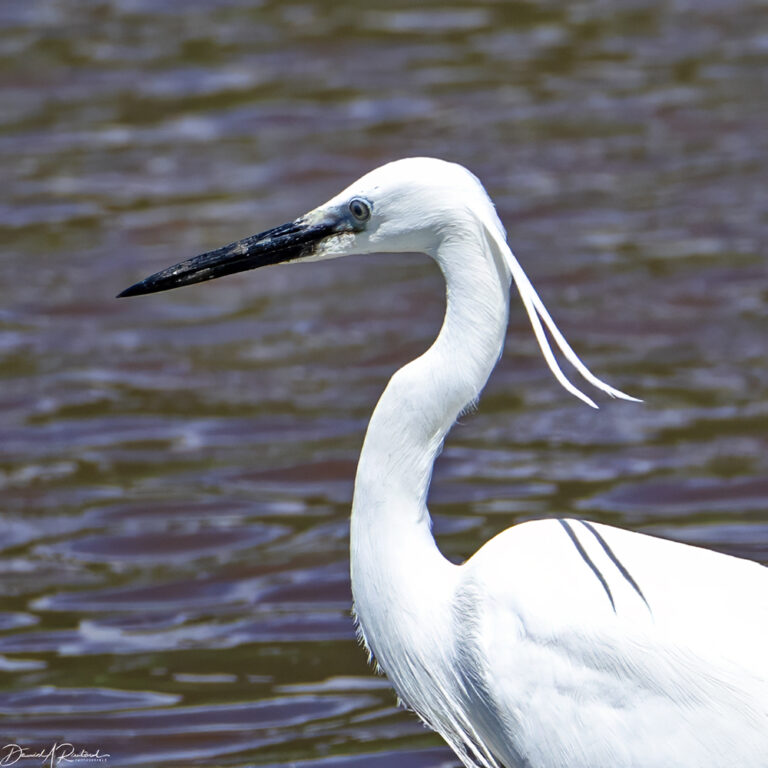On the Road is a weekday feature spotlighting reader photo submissions.
From the exotic to the familiar, whether you’re traveling or in your own backyard, we would love to see the world through your eyes.
One of the best things about bird photography is the opportunity to create bird “portraits”, which allow viewers to see some more subtle aspects of bird coloration and even “personalities”, to coin an anthropomorphic phrase. Herons are excellent subjects for bird portraiture, since they are large, usually well-lit, and patient. Even better, they have gorgeous colors, especially their eyes! Therefore, here are some portraits of herons and egrets from a few places around the planet. Some are the same species that were featured last week in this space, others are different. To encourage reflection, I will keep the captions to a minimum. I hope you enjoy all of them!

Snowy Egret (Egretta thula). The delicate plumes on the back of the head are a feature of this bird during the breeding season, but the bright yellow lores (the region between the eyes and the base of the bill) would be orangish or even red at that height of that hormonal onslaught. Click here for larger image.

The Little Egret (Egretta garzetta) is the Old World counterpart of the Snowy Egret. Besides the difference in the color of the lores, it sports only two sturdy plumes on the nape, which is helpful in IDing the occasional vagrant to the New World. Click here for larger image.

An African endemic, the Black-headed Heron (Ardea melanocephala) is about the size of the familiar Great Blue Heron . But it is a bird of open savanna, where it hunts rodents, lizards, snakes, and other small critters. Click here for larger image.

The cosmopolitan Great Egret (Ardea alba), up close and personal. Click here for larger image.

The Striated Heron (Butorides striata) was featured last week, but here is a closer look at this striking creature, to let you get a better look at that eye. Click here for larger image.

This is a Lava Heron (aka Galápagos Heron). Some taxonomic deities consider this to be merely a dark subspecies (B. s. sundevalli) of the Striated Heron above. It certainly has the same stunning eyes. Click here for larger image.

The Little Blue Heron (Egretta caerulea) was also featured here last week, The subtle shading of the lavender-into-mahogany hues on the head definitely makes it deserving of a second look. Click here for larger image.

Even juvenile herons can have captivating eyes. This young Yellow-crowned Night-Heron (Nyctanassa violacea) certainly does. Click here for larger image.

Still sporting some juvenile downy fuzz on its head, this young American Bittern (Botaurus lentiginosus) instinctively adopts the bill-up posture of a bird trying to hide amongst the cattail stems. Click here for larger image.

This Least Bittern (Ixobrychus exilis ) is one of the smallest herons in the world, just about the size of a meadowlark. Hard to see, and harder to photograph, they are, however, vocal and easy to hear in the right habitat. Click here for larger image.

Donatellonerd
Albatrossity’s Monday posts are my answer to Pollyanna’s glad game question about Monday — (think of something good about Mondays)
Thank you!
JPL
They are beautiful birds. There’s a pond near by and blue herons fly over often
kalakal
Great photographs. There are lots of herons and egrets around here, they love people fishing. Gorgeous creatures
J.
Love the portraits!
stinger
The Black-headed Heron appears to be kin to prairie dogs and meerkats.
Really wonderful photos!
SteveinPHX
Missus & I were at a local park yesterday. I saw a heron ignoring the few humans that were around.
Thank you!
Dr. Jakyll and Miss Deride
Not a heron question, but it’s about birds and water, so not totally OT:
I saw a bird the size of a goose hanging out with the geese by the pond at a local park, but it looked more like a turkey vulture — big black body and bright red wrinkly head. Google showed that it was really a Muscovy duck. But their range isn’t supposed to extend north of Mexico or Southern California. So what was it doing in Sacramento?
OzarkHillbilly
Thanx A. Once again your pics are stunning and your dialogue informative.
OzarkHillbilly
@Dr. Jakyll and Miss Deride: It didn’t take a left at Albuquerque?
StringOnAStick
The black-headed Heron could be mistaken for a hooded cobra rising up out of the grass; now that’s some scary mimicry!
Big R
Egrets, I’ve had a few, but then again, too few to mention.
Albatrossity
@Dr. Jakyll and Miss Deride: Lots of waterfowl can be found outside their native ranges, most of the time it is because they are commonly found in zoos or private collections, and they commonly escape from those places. Muscovy Ducks, either recently escaped or established feral birds, are regulars in city parks in various parts of the country.
SkyBluePink
Fascinating!
arrieve
@Dr. Jakyll and Miss Deride: I’ve seen Muscovy ducks in Golden Gate Park in San Francisco, so they do venture north.
KatKapCC
They look like they’re very deep in thought!
Winter Wren
Great portraits!
Yutsano
Yay! Birb Monday when I’m off!
I love egrets. My parents have a creek next to their property and the occasional egret will go frogging in there every now and again. It can be striking to come up their driveway and there’s a big flash of white on your right.